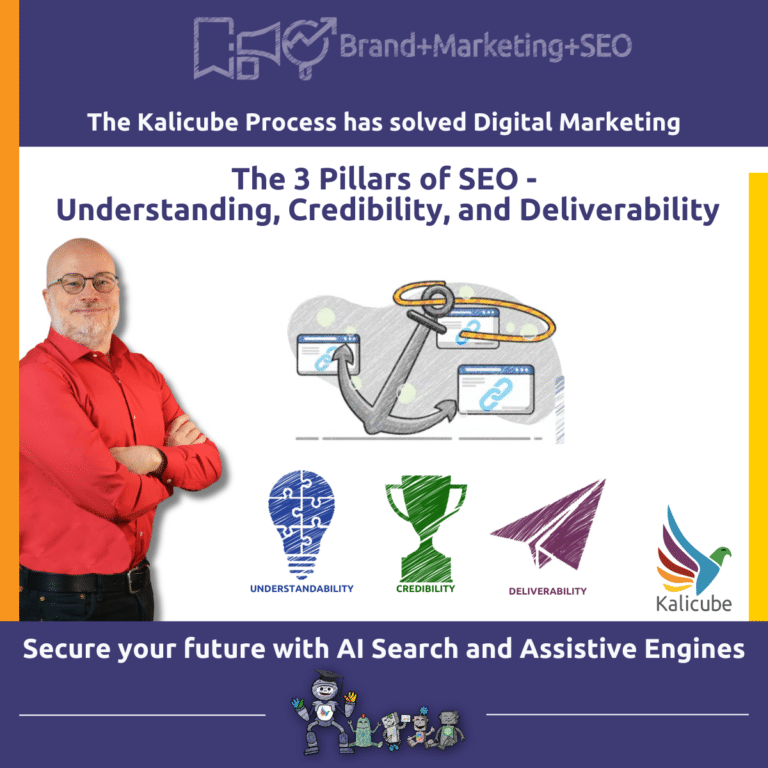Google’s Knowledge Vault Algorithm - What You Need to Know

What is Google’s Knowledge Vault Algorithm?
Google’s Knowledge Vault Algorithm adds fact to the Main Knowledge Graph (aka the Knowledge Vault).
Kalicube has identified three Knowledge Algorithms of Google that are responsible for curating information for its Knowledge Graphs and Knowledge Panels.
- The Knowledge Extraction Algorithm
- The Knowledge Panel Algorithm
- The Knowledge Vault Algorithm
The ultimate aim for Google is to “understand the world” by filling its Knowledge Vault with all the facts about everything. Obviously impossible, but a nice target to aim for. Since Google owns multiple human curated Vertical Knowledge Graphs, one technique it is using is to move the entities from the verticals and into the Main Knowledge Graph.
As such, this Knowledge Algorithm is responsible for selecting the entities or information it can move from the different Vertical Knowledge Graphs (Podcasts, Books, Scholar etc), to the Main Knowledge Graph.
This process is pure Machine Learning (ie the algorithms decide, and humans don’t get a say!). It requires that the algorithms assess multiple resources from around the web that corroborate information in the knowledge vertical to a level where it is absolutely sure the information is true.
So, every entity and piece of information that is in the Main Knowledge Graph has been thoroughly checked and confirmed by the Algorithm beforehand. Some sources can skip this validation process. Wikipedia is one example. However, that is less and less the case.
Once an Entity is in the Knowledge Vault (Main Knowledge Graph), it is attributed a confidence score. Over time, if the Knowledge Vault Algorithm receives corroboration from multiple authoritative sources, it will increase the confidence score. Kalicube Pro™ has recorded confidence scores as low as 0.0001 and has high as 729,927. As of October 2022, the highest Confidence Score is 597,097 (Amazon Web Services), with Google Cloud in second place with a Confidence Score of 486,820.
Read more about the Three Knowledge Algorithms of Google here >>
What are the three Knowledge Algorithms of Google?
The three Knowledge Algorithms of Google are the Knowledge Extraction Algorithm, Knowledge Panel Algorithm and Knowledge Vault Algorithm.
The Knowledge Extraction Algorithm
The Knowledge Extraction Algorithm annotates the information Googlebot inserts into the web index. It loves structured data: Schema markup, HTML tables, headings and Semantic HTML5 for example. When structure isn’t in place, it attempts to create structured data from (mostly) unstructured online content.
The Knowledge Panel Algorithm
The Knowledge Panel Algorithm builds Knowledge Panels on Google SERPs. The Knowledge Panel Algorithm determines what information it can show that is a factual summary of the Entity. Its ultimate aim is to provide Google’s user with a simple, factual summary about the entity that saves the user the time of clicking on multiple links to research.
The Knowledge Vault Algorithm
The Knowledge Vault Algorithm adds information (hopefully facts) to the Main Knowledge Graph (aka the Knowledge Vault). The ultimate aim for Google is to “understand the world” by filling this Knowledge Vault with all the facts about everything. Our job is to feed this algorithm with corroborated facts about entities.



